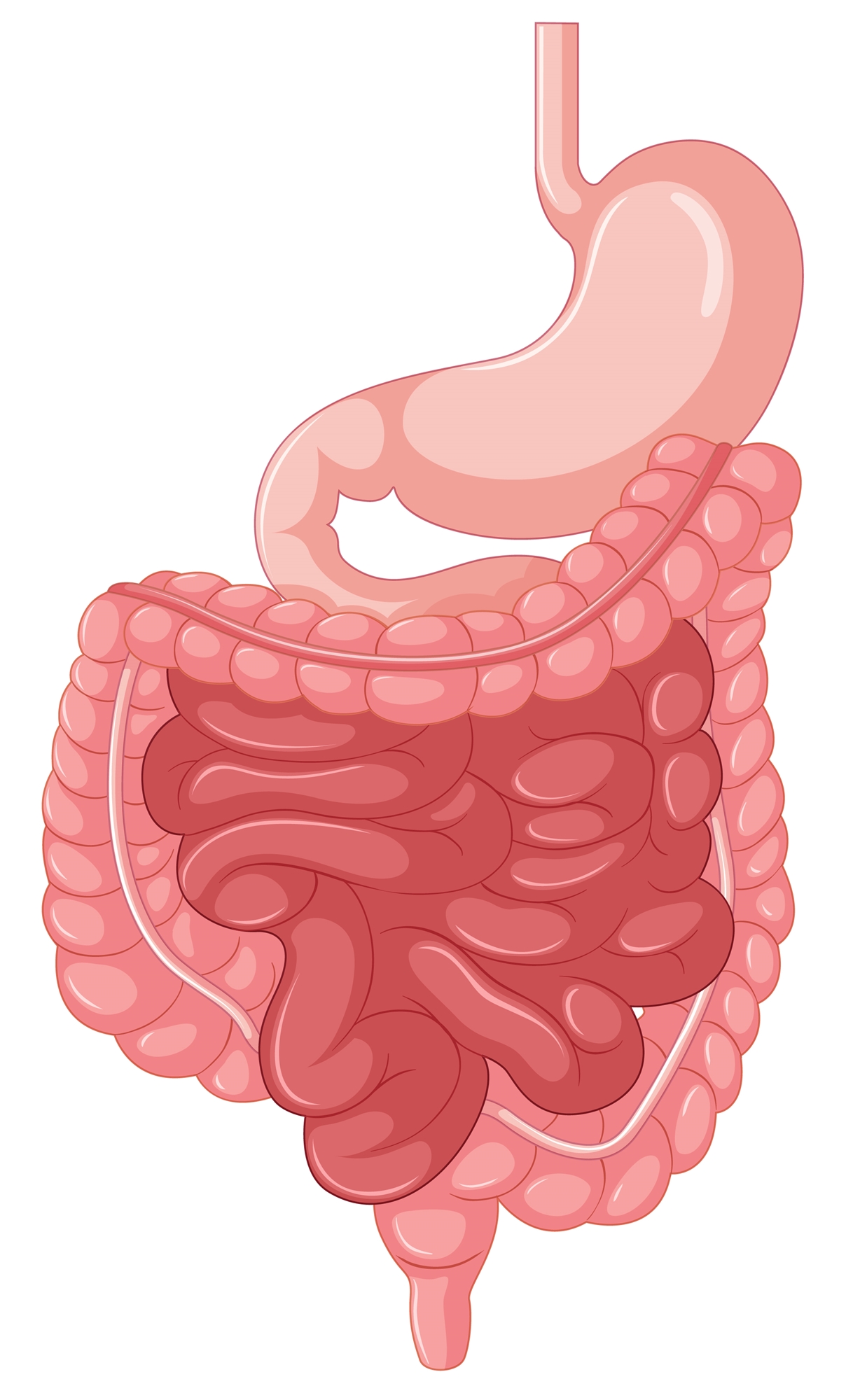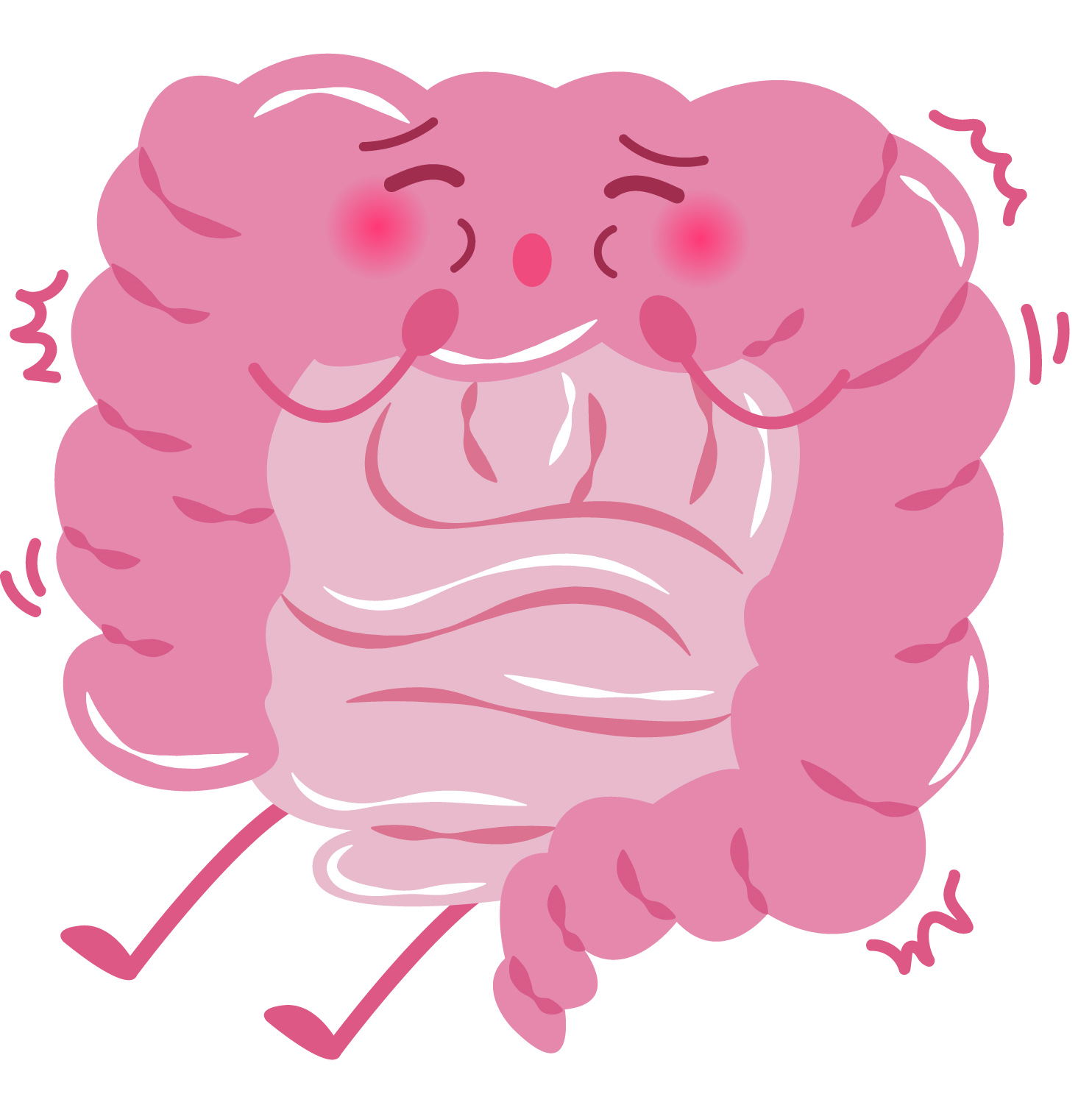To ensure the accuracy of radiation therapy, it is crucial to consider the "redundancy" of each therapy position, as well as the conditions of the rectum, intestinal tract, and bladder. It is recommended to establish a dietary plan and intestinal preparation before simulation and each therapy session. This approach helps ensure consistent positioning and optimal gastrointestinal conditions, including a low-gas and low-residue diet.
Definition of Low Residue Diet
A low-residue diet consists of foods low in fiber that leave minimal residues in the intestinal tract after digestion, absorption, and fermentation. Daily crude fiber intake should be limited to less than 4 grams.

Recommended Foods for a Low Residue Diet
- Carbohydrates: Refined and processed grains such as steamed rice, rice porridge, noodles, steamed buns, toast, rice vermicelli, and mung bean vermicelli.
- Vegetables: Leafy vegetables and peeled, de-seeded gourds, such as turnips. Various filtered vegetable juices are also recommended.
- Fruits: Filtered fruit juices and low-fiber fruits that have been peeled and de-seeded, including papaya, banana, grape, peach, and pear.
- Meat and Fish: Tender meats, fish, or minced meat, ensuring that skin and tendons are removed.
- Soy Products: Processed and refined soy products such as soy milk, soy pudding, tofu, and dried tofu.
- Eggs: Cooking methods should avoid deep-frying and pan-frying. Recommended options include steamed egg custard and scrambled eggs.
Principles of a Low-Gassy Diet
- Adopt a Grazing Diet.
- Do not consume carbonated beverages and avoid using straws.
- Avoid chewing gum and eating hard candy, as they can lead to swallowing air.
- Eat slowly and avoid gulping down food quickly.
- Do not lie down immediately after eating. Instead, sit or stand for a while to help release gas from the stomach.
- While milk is a liquid, it can create residues that contribute to flatulence in the digestive tract.
- Avoid Flatulence-Inducing Foods including:
- All bean products (e.g., kidney beans, black beans)
- Vegetables such as asparagus, beets, broccoli, cabbage, corn, garlic, onion, scallions, bell peppers, and potatoes
- Whole grains and foods containing high fructose corn syrup (HFCS), as well as pies and deep-fried foods.
Please note: The causes of flatulence from the aforementioned foods may vary from person to person. It's important to pay attention to which foods trigger gas for you and to reduce or eliminate those from your diet. Alternatively, consider consulting with a nutritionist for personalized advice. Your doctor can also determine if a low-residue or low-gassy diet is necessary for your health needs.


